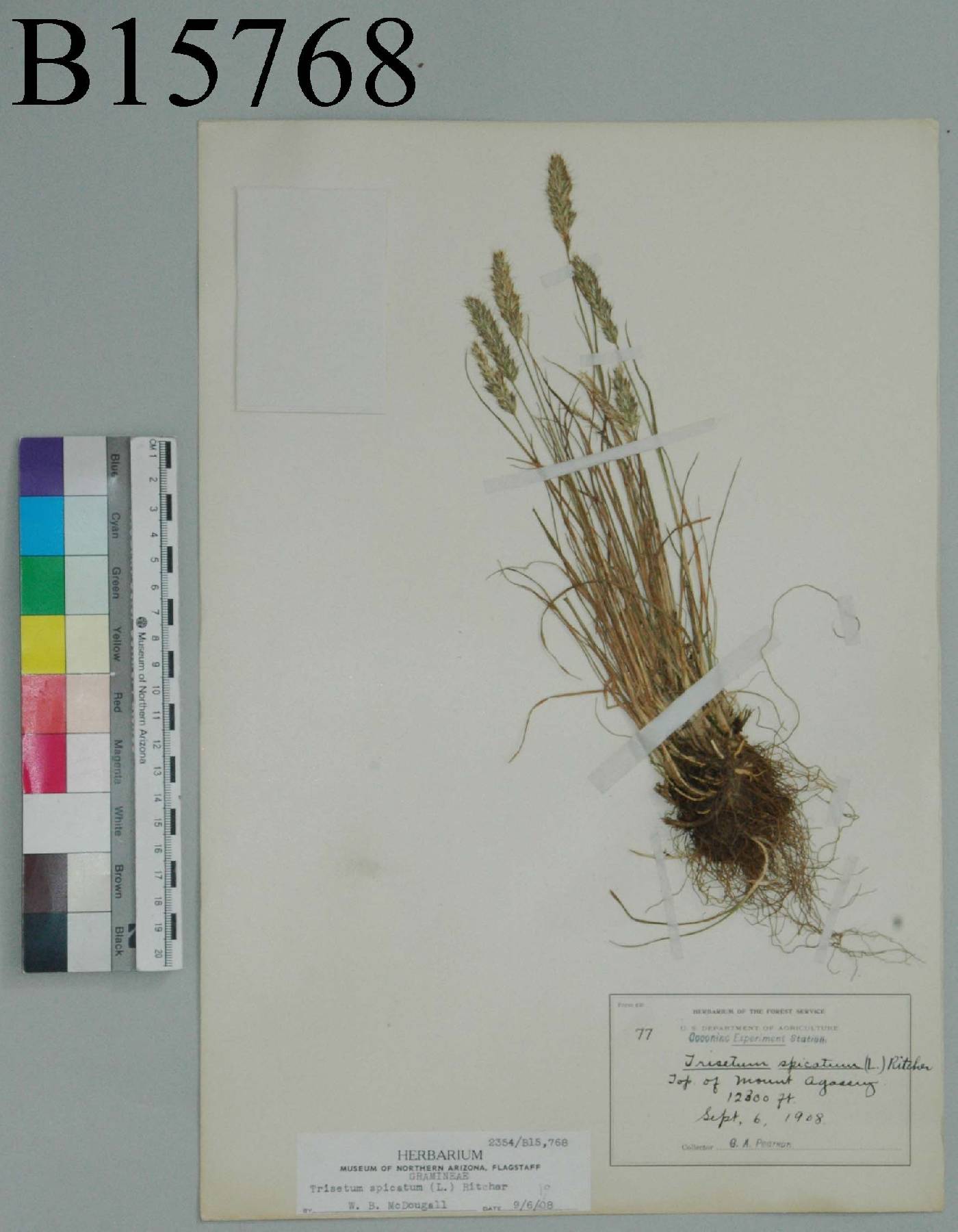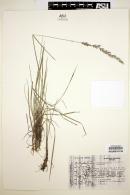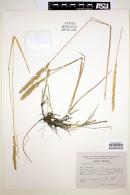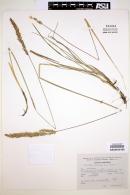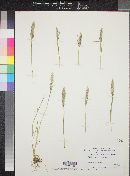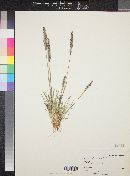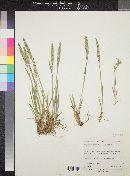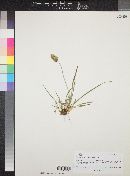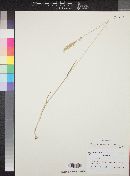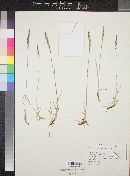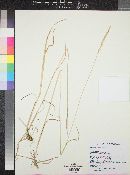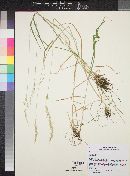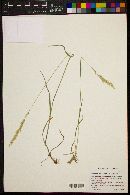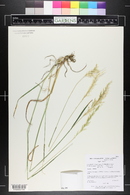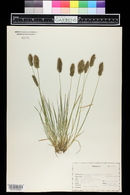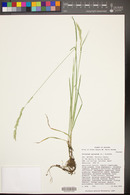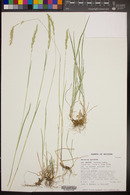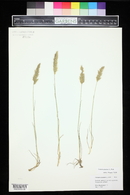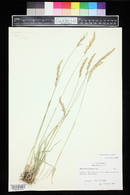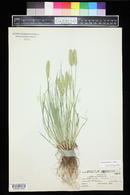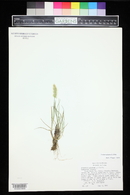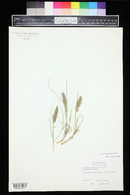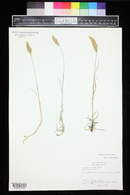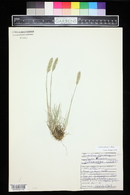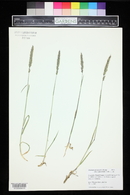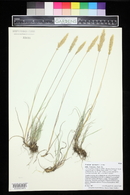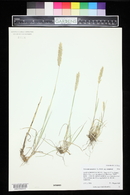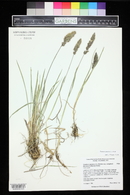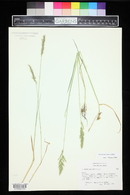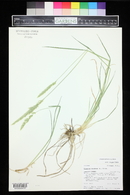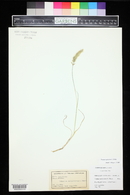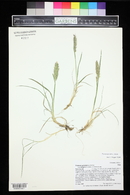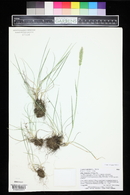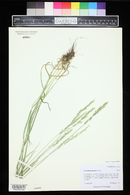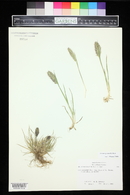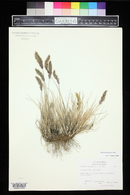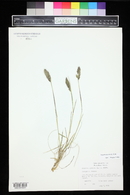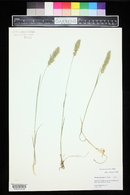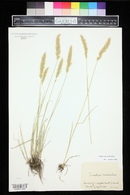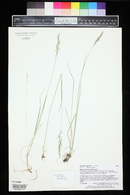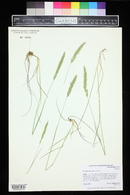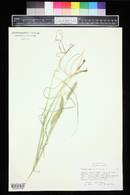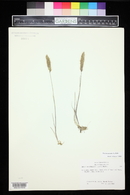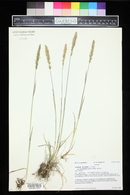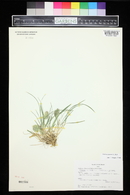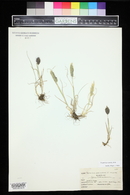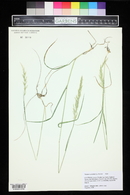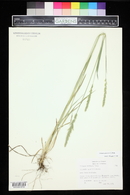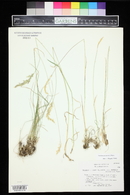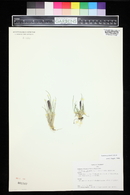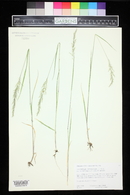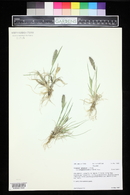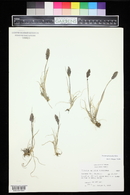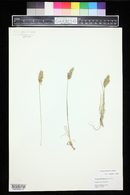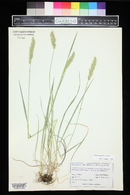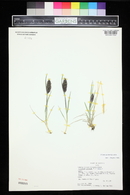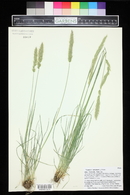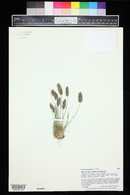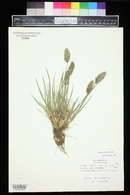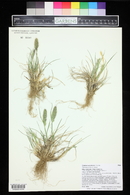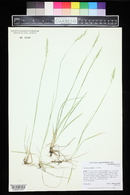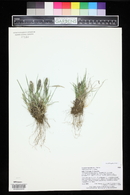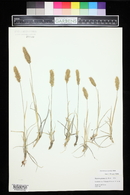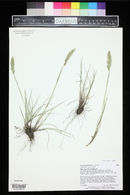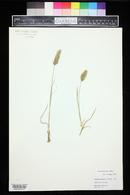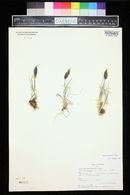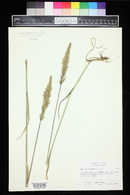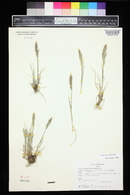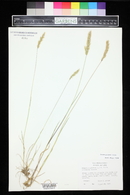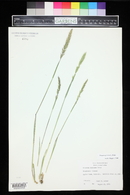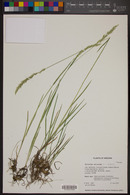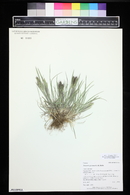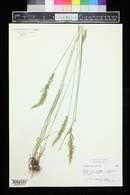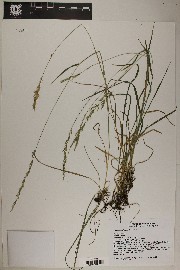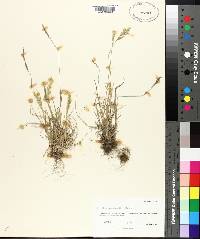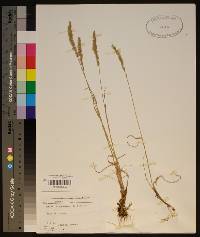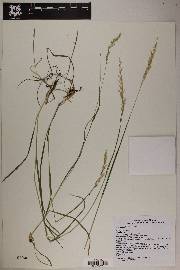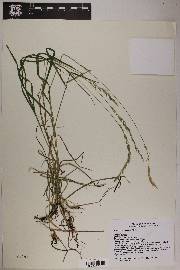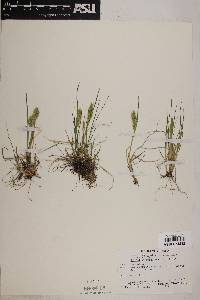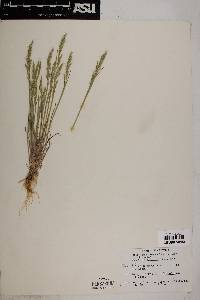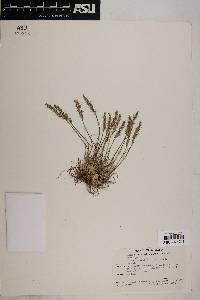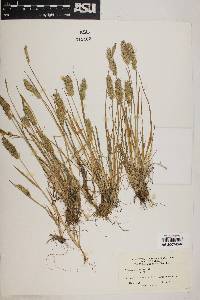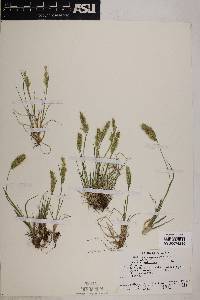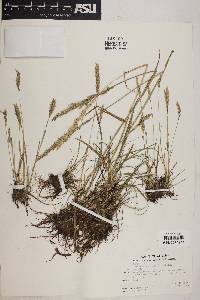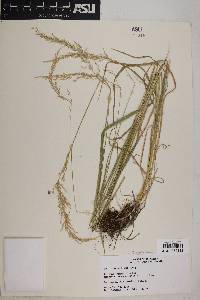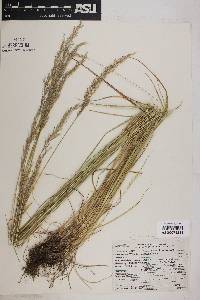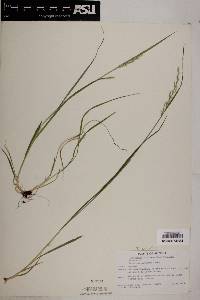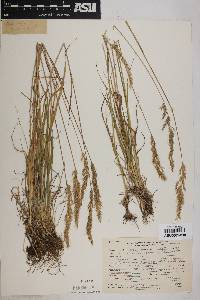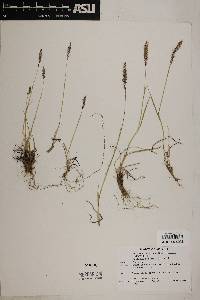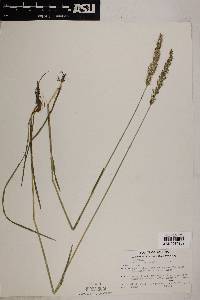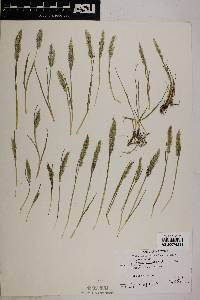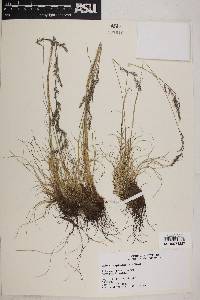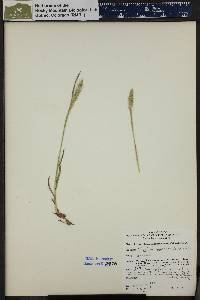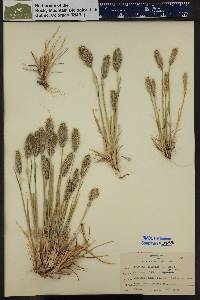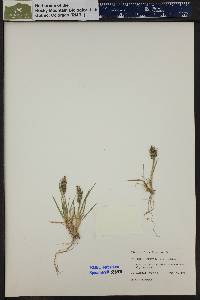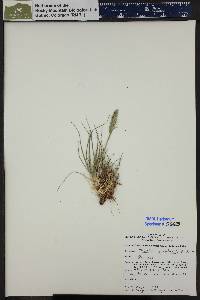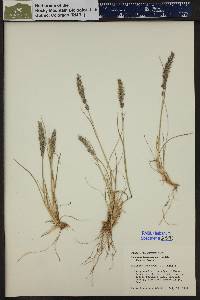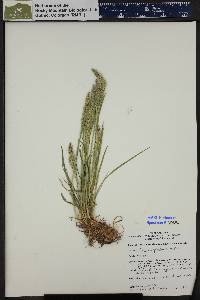Trisetum spicatum
|
|
|
|
Family: Poaceae
Narrow False Oat, more...spike trisetum, Rocky Mountain trisetum, Shear's trisetum, Trisète à Épi
[Aira spicata L., moreAira subspicata L., Avena airoides Koeler, Avena subspicata Clairv., Avena tolucensis Kunth, Briza toluccensis Kunth, Graphephorum shearii (Scribn.) Rydb., Koeleria canescens Torr. ex Trin., Koeleria spicata Reichb. ex Willk. & Lange, Koeleria subspicata (L.) Rchb., Melica triflora Bigelow, Trisetaria airoides (Koeler) Baumg., Trisetaria spicata (L.) Paunero, Trisetum airoides (Koeler) P. Beauv. ex Roem. & Schult., Trisetum alaskanum , Trisetum americanum Gand., Trisetum argenteum Scribn., Trisetum brittonii , Trisetum congdonii Scribn. & Merr., Trisetum disjunctum Louis-Marie, Trisetum fuegianum Gand., Trisetum groenlandicum Steud., Trisetum labradoricum Steud., Trisetum molle Kunth, Trisetum montanum var. shearii Louis-Marie, Trisetum nivosum E. Fourn., Trisetum seravschanicum , Trisetum shearii Scribn., Trisetum spicatum subsp. alascanum (Nash) Hultén, Trisetum spicatum subsp. alaskanum (Nash) Hultén, Trisetum spicatum subsp. bolivianum Hultén, Trisetum spicatum subsp. congdonii (Scribn. & Merr.) Hultén, Trisetum spicatum subsp. majus (Rydb.) Hultén, Trisetum spicatum subsp. molle (Kunth) Hultén, Trisetum spicatum subsp. pilosiglume (Fern.) Hultén, Trisetum spicatum subsp. tolucense (Kunth) Hultén, Trisetum spicatum subsp. virescens , Trisetum spicatum var. alaskanum (Nash) Malte ex Louis-Marie, Trisetum spicatum var. brittonii (Nash) Louis-Marie, Trisetum spicatum var. compactum (Lange) Louis-Marie, Trisetum spicatum var. congdonii (Scribn. & Merr.) A.S. Hitchc., Trisetum spicatum var. fuegianum (Hack.) Louis-Marie, Trisetum spicatum var. laxius (Lange) Lindm., Trisetum spicatum var. maidenii (Gandog.) Fern., Trisetum spicatum var. majus (Rydb.) Farw., Trisetum spicatum var. michauxii H. St. John, Trisetum spicatum var. molle (Kunth) Beal, Trisetum spicatum var. nivosum (E. Fourn.) Louis-Marie, Trisetum spicatum var. pilosiglume Fern., Trisetum spicatum var. spicatiforme Hultén, Trisetum spicatum var. villosissimum (Lange) Louis-Marie, Trisetum subspicatum (L.) Beauv., Trisetum subspicatum f. maidenii Gand., Trisetum subspicatum var. compactum Lange, Trisetum subspicatum var. fuegianum Hack., Trisetum subspicatum var. glabrifolium Hack. ex Macloskie & Dusén, Trisetum subspicatum var. laxius Lange, Trisetum subspicatum var. molle (Kunth) A.Gray, Trisetum subspicatum var. villosissimum Lange, Trisetum tolucense (Kunth) Kunth, Trisetum triflorum (Bigelow) A.& D. Löve, Trisetum triflorum subsp. molle (Kunth) A.& D. Löve, Trisetum triflorum subsp. triflorum (Bigelow) Á. Löve & D. Löve, Trisetum trifolium (Bigelow) Á. Löve & D. Löve, Trisetum villosissimum (Lange) Louis-Marie] |
Plants perennial, with both fertile and sterile shoots; cespitose, not rhizomatous. Culms 10-120 cm, erect, usually glabrous, sometimes scabridulous or villous. Leaves mostly basal or evenly distributed; sheaths variously pubescent or glabrous; ligules 0.5-4 mm, truncate or rounded; blades (3)10-20(40) cm long, 1-5 mm wide, flat, folded, or involute, erect and stiff or ascending and lax. Panicles (5)20-30(50) cm long, (0.5)1-2.5(5) cm wide, from spikelike to open, often interrupted basally, green, purplish, or tawny, usually silvery-shiny; branches with the spikelets evenly distributed. Spikelets 5-7.5 mm, sessile, subsessile, or on pedicels to 1.5(3.5) mm, with 2(3) florets; rachilla internodes 0.5-1.5 mm; rachilla hairs to 1 mm. Glumes subequal to unequal, lanceolate, usually smooth, sometimes scattered scabrous or pilose, with wide scarious margins, apices acute to acuminate, sometimes apiculate; lower glumes 3-4(5.5) mm; upper glumes 4-7 mm long, equaling or exceeding the lowest florets, less than twice as wide as the lower glumes; callus hairs to 1 mm; lemmas 3-6(7) mm, narrowly to broadly lanceolate, glabrous, scabridulous, or pilose, apices bifid, teeth usually less than 1 mm, awned, awns 3-8 mm, arising from the upper 1/3 of the lemmas, geniculate, twisted basally; anthers 0.7-1.4 mm. Caryopses 1.5-3(4) mm, glabrous. 2n = 14, 28, 42. Trisetum spicatum grows in moist meadows, forests, rock ledges, and tundra slopes and screes, at 0-4300 m. Its range includes both North and South America and Eurasia. Many infraspecific taxa have been based on the variation in vestiture and openness of the panicle, but none appears to be justified (see Finot et al. 2004 for a different opinion). Trisetum montanum Vasey appears to represent no more than an extreme phase. Trisetum spicatum differs from T. sibiricum in its pubescent sheaths and denser, usually narrower panicles. Common Name: spike trisetum Duration: Perennial Nativity: Native Lifeform: Graminoid Synonyms: Aira spicata, Trisetum molle, Trisetum montanum, many others see Tropicos Culms tufted, 1-5 dm, antrorsely hairy above, retrorsely so (or glabrous) below; sheaths retrorsely hairy; blades flat or involute, glabrous or hairy, 1-3 mm wide; infl 3-10 cm, dense, or interrupted at base, spikelets mostly 2-fld; first glume linear-oblong, 3-5 mm, 1- veined; second glume lanceolate to oblanceolate, 4-6 mm, 3-veined; hairs of the rachilla 0.5 mm; lemmas slightly surpassing the glumes, the terminal teeth 1.3-2 mm, narrowly triangular; awn flexuous, 3.5-5 mm; anthers 0.6-1.4 mm; 2n=14, 28, 42. Arctic and alpine meadows and shores; circumboreal, s. to the higher mts. of U.S., Hispaniola, Mex., and s. S. Amer.; in our range s. to N.Y., Pa., Mich., and Minn., and in N.C. The numerous proposed vars. are ill-defined and confluent. Gleason, Henry A. & Cronquist, Arthur J. 1991. Manual of vascular plants of northeastern United States and adjacent Canada. lxxv + 910 pp. ©The New York Botanical Garden. All rights reserved. Used by permission. |

